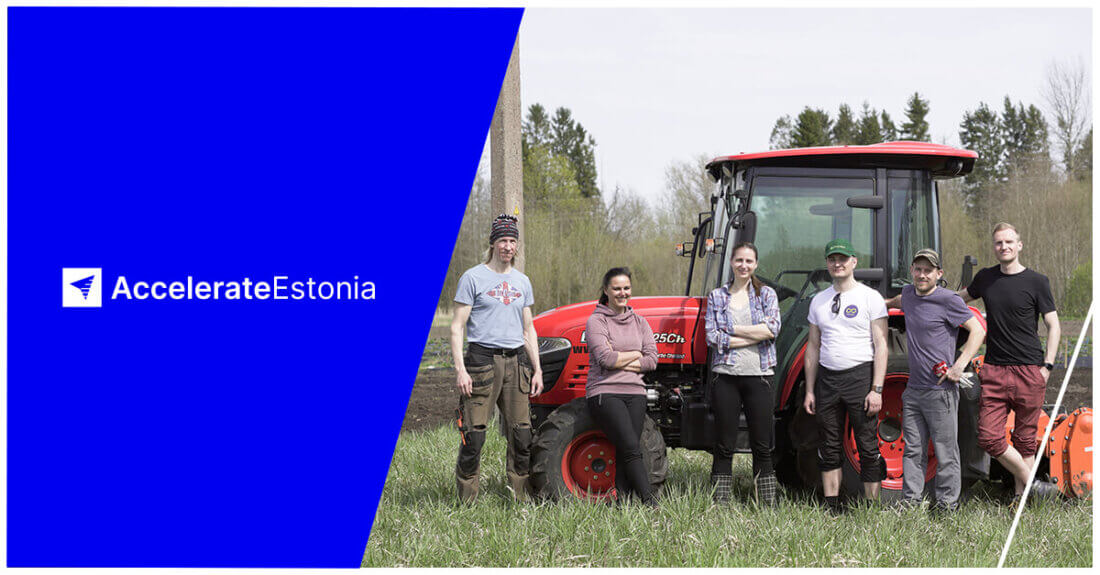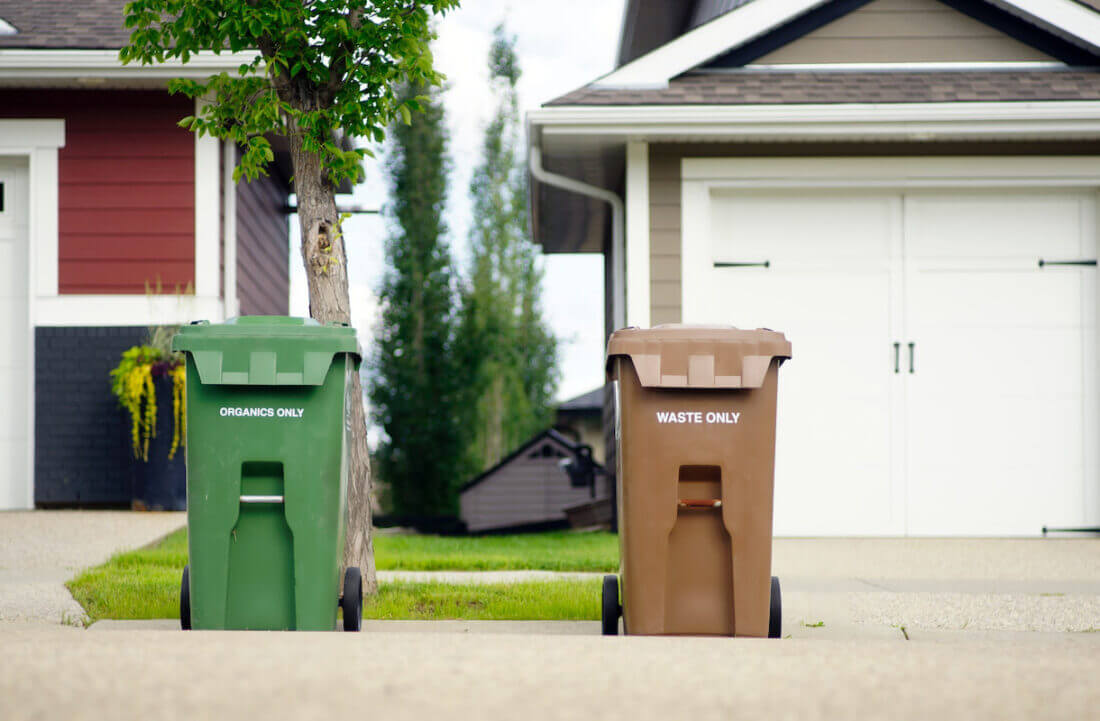Transition to regenerative farming with biofertilizers
Last year, we started the Accelerate Estonia program. Our goal was to find and test models that enable the efficient use of bio-waste in sustainable food production and find ways to launch the biofertilizer market more successfully.
We conducted experiments and tests and collaborated with local vegetable growers during the program. Here’s our case study.
The problem
- By 2024, all municipalities must collect biowaste separately, but currently, in Estonia, only 49 municipalities out of 79 are doing it.
- By 2025, all EU countries need to recycle at least 55% of mixed waste. Today in Estonia we are only at 30%.
Global food production is largely based on the use of synthetic fertilizers, leaving biowaste unfairly unused resources in agriculture. In Estonia, about 76% of biowaste ends up in mixed municipal waste, of which only 11% goes into recycling. In many areas, there is still no biowaste recycling capacity at all.
The compost that is currently produced is not popular among farmers. Vegetable growing in Estonia is decreasing and we are mostly depending on imported fertilizers, which prices are increasing while the supply is decreasing. All this gives us the reason to see strong potential in using biowaste for creating pure organic fertilizers for our home-grown foods and the farming sector as a whole.
Nutriloop solution
In Estonia, we can be the pioneer in producing biowaste-based fertilizers (biofertilizers) and direct them into regenerative agriculture. That way we can transition from conventional to regenerative farming, achieve a better nutrient cycle and grow more local healthy food.
Our goal during the Accelerate Estonia program was to:
- discover and test models that enable efficient use of biowaste in sustainable food production;
- find possibilities on how to boost the biofertilizers market.
To achieve our goals, during the 9 months of our experiment, we tested a personalized biowaste collection from restaurants in the Telliskivi area, the food market in Balti Jaam, and offices LHV, Lift99, and Utilitas. All together we gathered 5100 liters of biowaste, which is the same amount as 1000 households produce in a week.
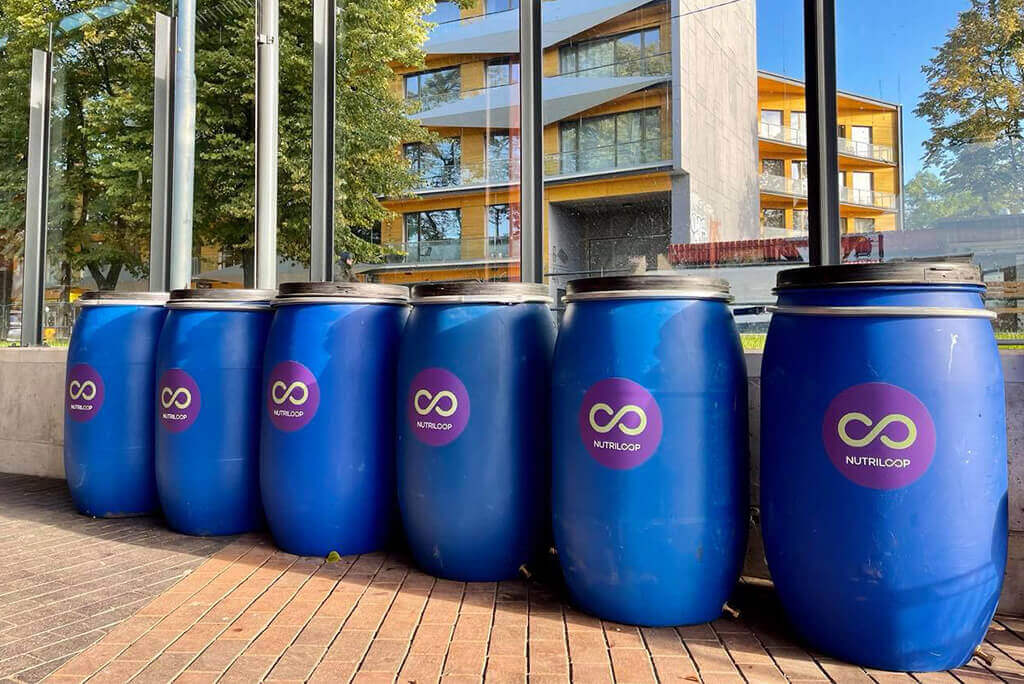
We used special air-tight containers so that the fermentation process can already start on the spot thanks to the beneficial microorganisms mix (lactobacillus, fungi, etc.) that partners added themselves. Starting the fermentation process on spot enables reducing the frequency of biowaste collection as the fermentation in air-tight conditions stops the biowaste from rotting. We kept track and constantly tested the biowaste reaching our factory – the results showed that the biowaste was pure and contained almost no plastics or other materials besides organics.
We tested the biofertilizer with 11 vegetable growers (e.g. Pöörasoo and Mahe Eeriksaare farm, Tartu Organic Garden) and supported them to implement environmentally-friendly methods of regenerative farming.
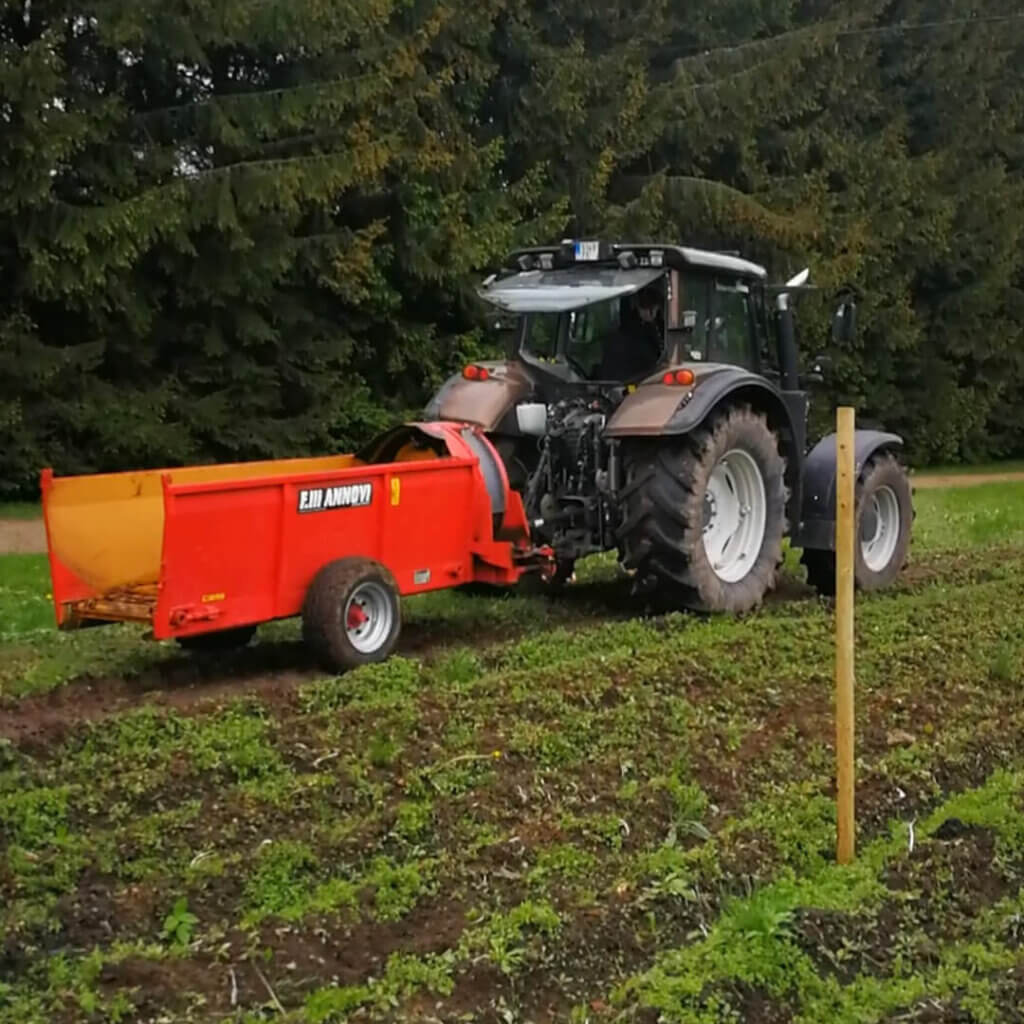
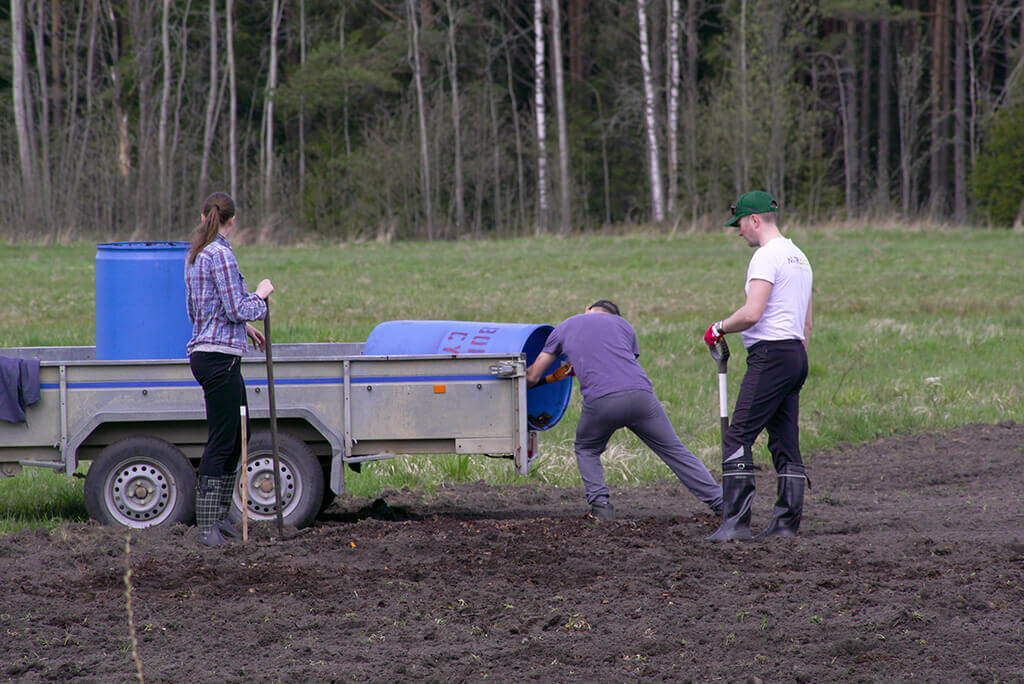
Impact and future developments
During our experiment, the farmers we worked with, gained trust in biofertilizers as a strong alternative to other organic fertilizers. The test results showed that biofertilizers are safe and suitable for use in organic farming and they improve soil condition by adding organic matter and beneficial microbiology.
As a result, the grown crop contained more nutrients, and plants were found to be more resistant to environmental stressors.
Based on the results of our experiment, we have set a long-term ambitious goal to close the loop of the nutrient cycle in farming. To support that, we want to create a platform that enables consumers to have better access to regeneratively grown food and a transparent food chain.
Our aim for 2022-2023 is to improve our biofertilizer factory and focus on product development to take the method of fermenting biowaste with beneficial bacteria to the industrial scale and more widely used in local farming. At the same time, we will continue to provide personalized biowaste collection services to our partners and enhance the use of biofertilizers in sustainable farming.
In 2023 we will start developing a solution for small and middle-sized municipalities. We want to offer a full model including biowaste collection, recycling, and biofertilizer use in food production. This way, we support local municipalities and communities in meeting the requirement for a separate collection of biowaste and create a positive environmental impact on our local food production.
If you found this post interesting and valuable, please share it!
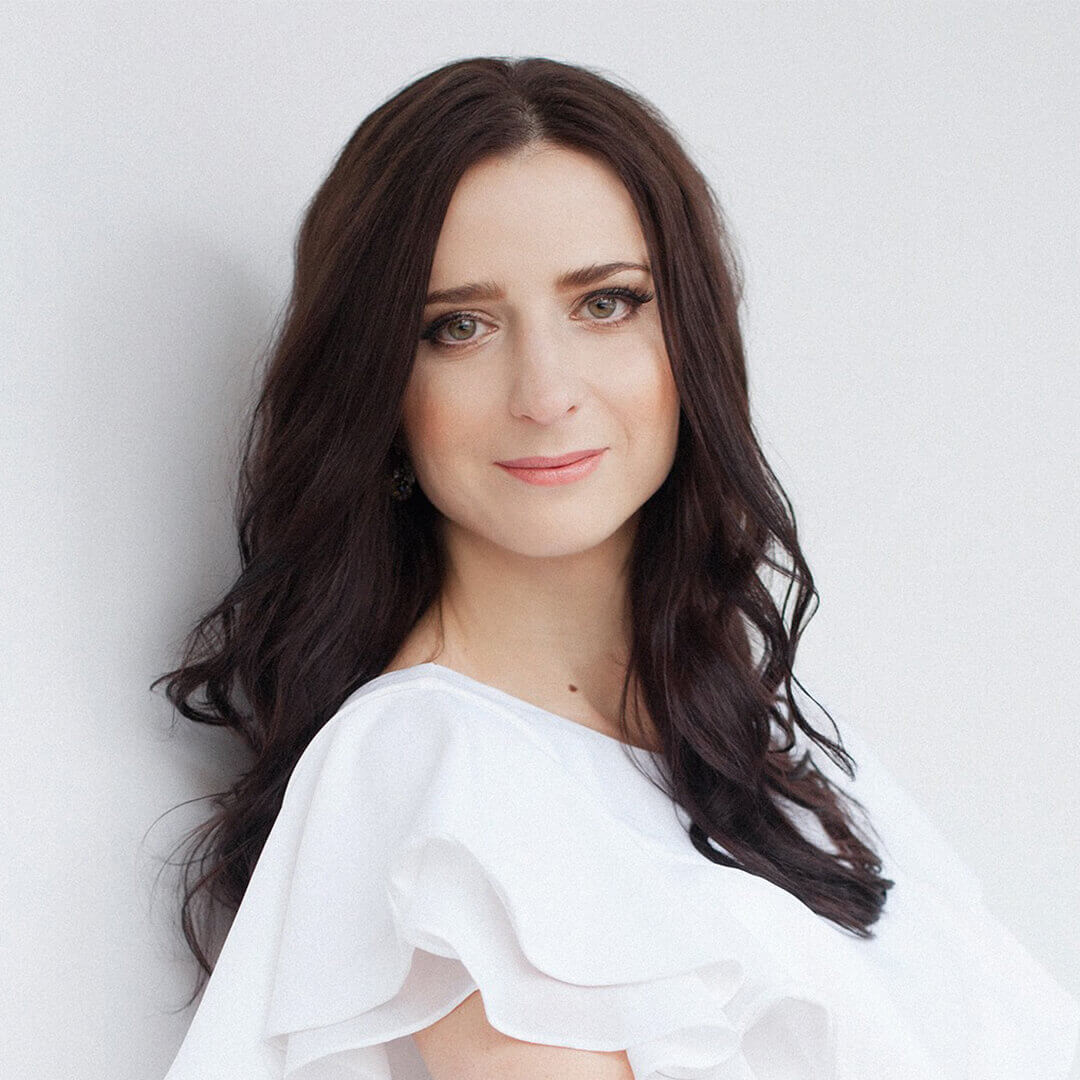
Ingrid Hermet
Partner
Transforming the food system so everyone can access healthy food that is grown regeneratively.


